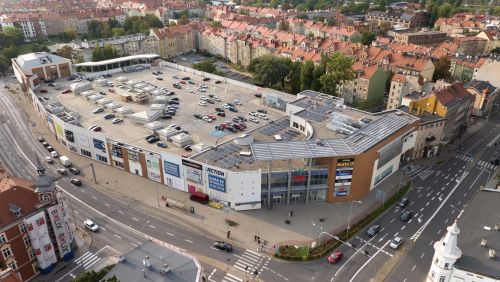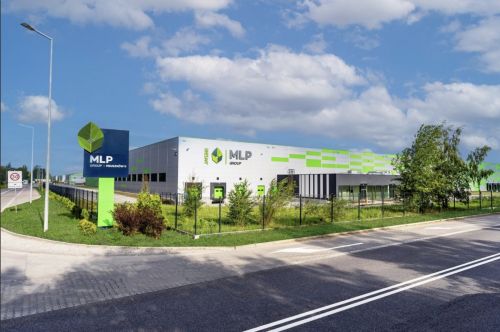Q3 in Warsaw
Meanwhile, the Polish Office Research Forum (PORF) has also published data on the Warsaw office market for Q3 2015 that shows dramatic growth in leasing taking place. According to the PORF’s figures, at the end of Q3 2015 the supply of modern office space in the capital of Poland amounted to 4,627,600 sqm. In the first nine months the office supply in the capital city increased by 238,300 sqm, 91,400 sqm of which was marketed in Q3. The majority of the new supply was delivered outside the city centre, where projects such as Postępu 14 (34,300 sqm, in the Upper Northern zone), Royal Wilanów (29,800 sqm, in the South Eastern zone) and the Domaniewska Office Hub (27,000 sqm, in the Upper Southern zone) were completed. Two projects were finished in the city centre: Spektrum (27,600 sqm – which was reopened following renovations) and Carpathia Office House (4,700 sqm). At the end of September 2015 the vacancy rate ha































































